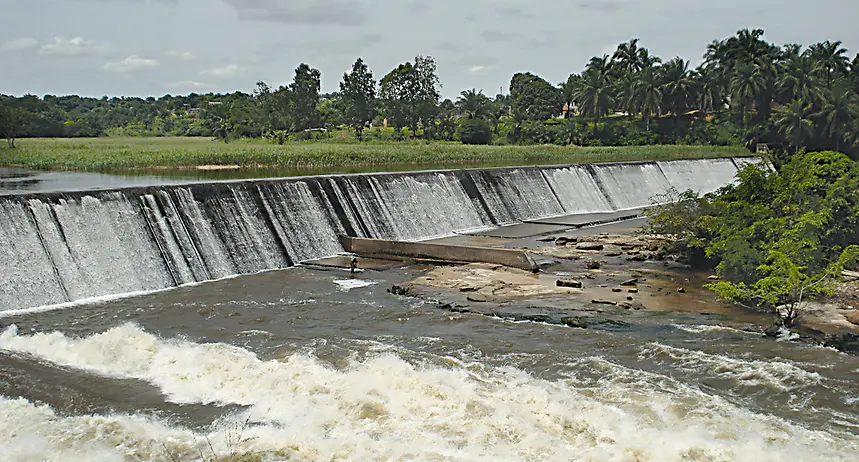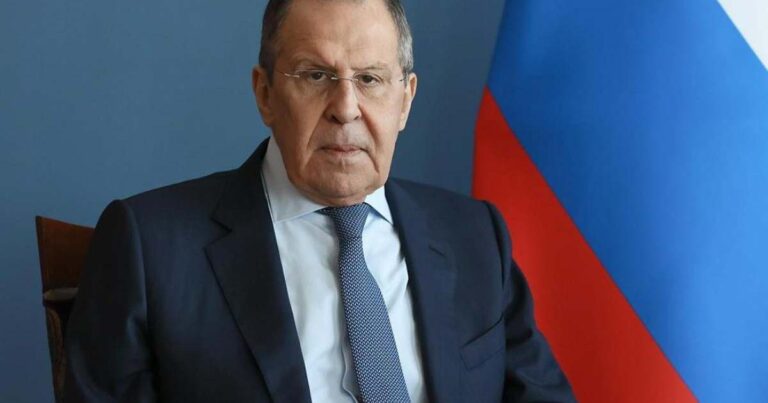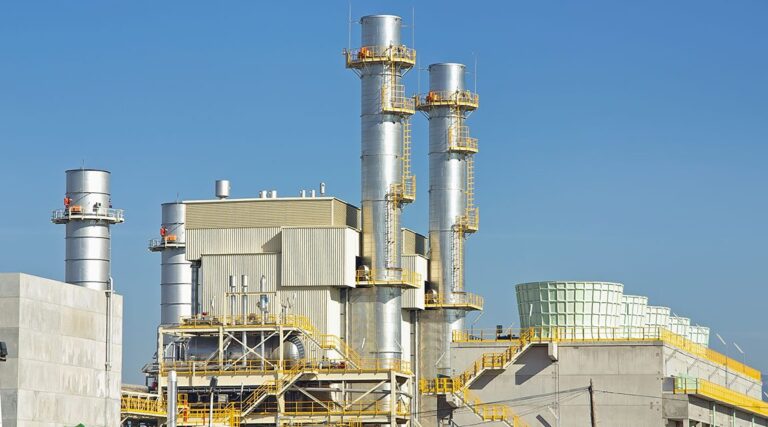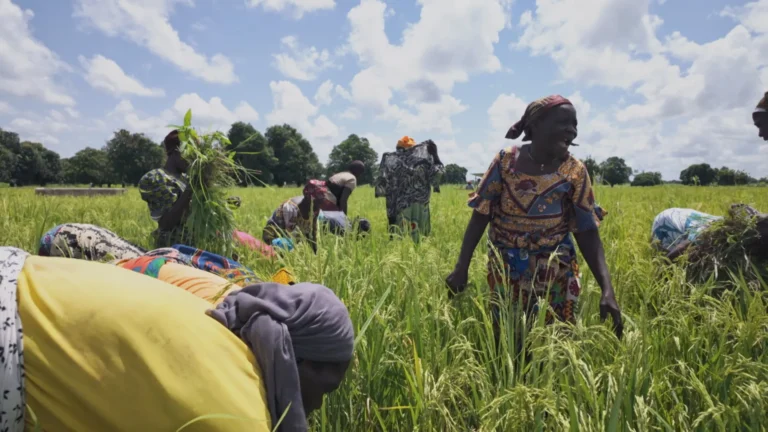Congo-Brazzaville to build largest hydroelectric dam at Sounda, aiming to tackle power shortages

Congo-Brazzaville to build largest hydroelectric dam at Sounda, aiming to tackle power shortages
Congo-Brazzaville is set to embark on an ambitious project to construct its largest hydroelectric dam, with work beginning in January 2025.
The Sounda dam, located in the southern part of the country, will have a projected capacity of between 600 and 800 megawatts, aiming to alleviate chronic power shortages that have plagued the nation.
The announcement was made by Thierry Moungalla, the Minister of Communication and government spokesperson.
“Through the Ministry of Energy and Hydraulics, the government has signed a memorandum of understanding with China Overseas Co Ltd to develop the Sounda site for the production of 600 to 800 megawatts of electricity,” Moungalla stated.
Expressing his satisfaction, he added, “This is excellent news.
We finally have the realization of this long-awaited project to boost our electricity production capacity.”
A Bold Plan with High Costs
Construction of the dam is expected to be completed by June 2030, with the total cost estimated at 1.3 trillion CFA francs (over €8.5 billion), pre-financed by China.
This marks another chapter in the longstanding cooperation between Brazzaville and Beijing, which has previously funded three other hydroelectric dams in the country.
These include the Imboulou dam, inaugurated in 2011 with a capacity of 120 megawatts; the 74-megawatt Moukoukoulou dam, operational since 1979; and the Liouesso dam, producing 19 megawatts since 2019.
Together, these dams generate 213 megawatts, insufficient to meet the energy needs of the country’s two largest cities, Brazzaville and Pointe-Noire, home to over 2.5 million people.
It is worth noting that in the 1960s, France’s electricity company, EDF, conducted studies that indicated the potential for producing up to 1,000 megawatts at the Sounda site, leaving room for further expansion.
Power Shortages Continue Despite Efforts
Both Brazzaville and Pointe-Noire continue to suffer from frequent power outages, despite the presence of a gas-powered plant in Pointe-Noire with a capacity of over 450 megawatts.
Government officials often cite energy losses during transmission between the two cities as a contributing factor.
“We lose between 80 and 120 megawatts during transmission from Pointe-Noire to Brazzaville out of a total production of 720 megawatts,” Moungalla pointed out, blaming the inefficiency on Congo’s public energy company, Énergie électrique du Congo (E2C), and poor governance.
A Modest Project Compared to Global Giants
While the Sounda dam project represents a significant investment at €8.5 billion, its capacity pales in comparison to larger projects such as Ethiopia’s Grand Ethiopian Renaissance Dam (GERD) on the Blue Nile, which has a capacity of 5,150 megawatts.
The GERD project, costing around €9 billion, dwarfs the Sounda dam’s expected output, despite the Congo River’s vast potential.
The Congo River, one of the world’s largest by volume, has an average flow of 41,000 cubic meters per second, capable of reaching up to 80,000 cubic meters per second during peak times.
Experts suggest that the river could support a dam powerful enough to supply electricity to the entire African continent.
With its 4,700 km span, the Congo River ranks as the world’s eighth longest and second in Africa, underscoring its enormous but underutilized energy potential.
About The Author
dailymailafric
I am an avid African news observer, and an active member of Daily Mail Africa.
I’m Passionate about staying informed on diverse topics across the continent,
I actively contribute to publishing on political, economic and cultural developments in Africa.



